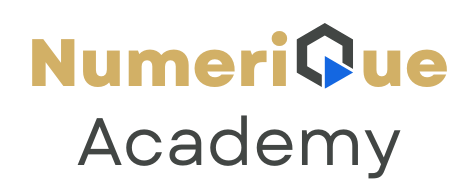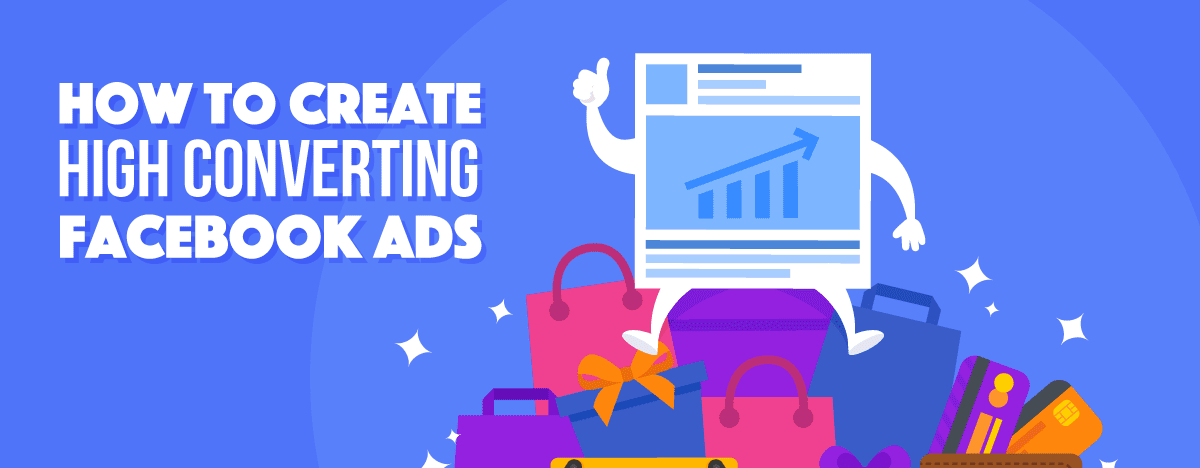Facebook (Meta) Ads is one of the most powerful business tools to generate brand awareness, sales, and leads. However, running profitable ads is not only about hitting the ‘Boost’ button. It is about setting up strategic campaigns with precision.
Whether you’re a beginner or someone who’s struggled with results in the past, this step-by-step guide will show you how to launch a high-converting Facebook ad campaign from scratch.
Step 1: Set Up Your Meta Business Manager
Before you launch any ad, you need to operate from Meta Business Suite (formerly Business Manager). Here’s how:
- Visit business.facebook.com.
- Create your business account and link your Facebook page.
- Set up your Ad Account, add your payment method, and assign roles (if you’re working with a team).
- Install the Meta Pixel on your website for tracking user actions.
Pro Tip: Use Meta Business Suite instead of personal ad accounts to keep your campaigns organized, scalable, and secure.
Step 2: Define Your Campaign Objective
When creating a campaign in Ads Manager, Meta asks: “What’s your goal?”
There are several objectives, but the most common for conversions are:
- Traffic: Drive users to a webpage.
- Engagement: Boost likes, comments, and shares.
- Leads: Collect customer info through forms or website activity.
- Sales (Conversions): Get actual purchases or sign-ups.
Choose your objective based on the stage of your funnel. Awareness for cold traffic, conversion for warm audiences.
Step 3: Understand & Build Your Target Audience
This is one of the most important parts of your campaign.
3 Targeting Options:
- Core Audience: Use Meta’s filters like age, gender, location, and interests.
- Custom Audience: Retarget people who’ve interacted with your brand (website visitors, video views, Instagram profile, etc.).
- Lookalike Audience: Find new users similar to your best customers.
Use Facebook Pixel to build powerful retargeting lists — especially for users who abandoned carts or visited key pages.
Step 4: Design Scroll-Stopping Ad Creatives
Your creative (image/video + text) is what grabs attention and drives action.
Tips for High-Converting Creatives:
- Use bright visuals or videos that pop.
- Write engaging headlines and descriptions.
- Include benefits over features.
- Use emojis and line breaks for mobile readability.
- Add a clear CTA like “Shop Now,” “Download,” or “Learn More.”
Video often outperforms static images. Try simple, authentic clips—even shot on a phone.
Step 5: Write Compelling Ad Copy
You have a few seconds to grab attention.
Try using frameworks like:
- PAS (Problem, Agitate, Solution): “Tired of wasting money on ads? Learn how to launch campaigns that actually convert.”
- AIDA (Attention, Interest, Desire, Action): Capture their attention, build interest, create desire, and drive action.
Test long-form vs. short-form copy. Some audiences like quick hits; others want detailed explanations.
Step 6: Choose Your Placements
Meta allows you to run ads on:
- Facebook Feed, Stories, and Marketplace
- Instagram Feed and Reels
- Audience Network
- Messenger
Automatic Placements are fine when starting, but eventually test manual placements for more control.
Step 7: Set Your Budget and Schedule
You can choose:
- Daily Budget: Spend a consistent amount each day.
- Lifetime Budget: Spend a total amount over a set date range.
Start small (₹500–₹1000 per day or $10–$25), observe performance, and scale up gradually.
Let the algorithm learn. Avoid making edits during the first 3–5 days to allow proper optimization.
Step 8: Analyze and Optimize
Once your campaign is live, track it using Meta Ads Manager. Key metrics to watch:
- CTR (Click-Through Rate): Is your ad creative and copy engaging?
- CPC (Cost Per Click): Is it efficient?
- ROAS (Return on Ad Spend): Are you getting value?
- Conversions: Are users taking the desired action?
Split Test (A/B test) different creatives, audiences, placements, and ad copy to find the winners.
Bonus Tips for Better Results
- Warm up new ad accounts with engagement campaigns.
- Don’t edit campaigns too quickly—respect the learning phase.
- Use retargeting for abandoned carts or non-converting visitors.
- Use UTM links for Google Analytics tracking.
Final Thoughts
A high-converting Facebook ad campaign isn’t built on guesswork—it’s crafted with strategy, testing, and continuous optimization. By following this blueprint, you’re setting up your ads for long-term success, not just random clicks. Start small, learn fast, and scale what works. Whether you’re an agency, freelancer, or business owner, mastering Meta ads is a game-changer for growth.

